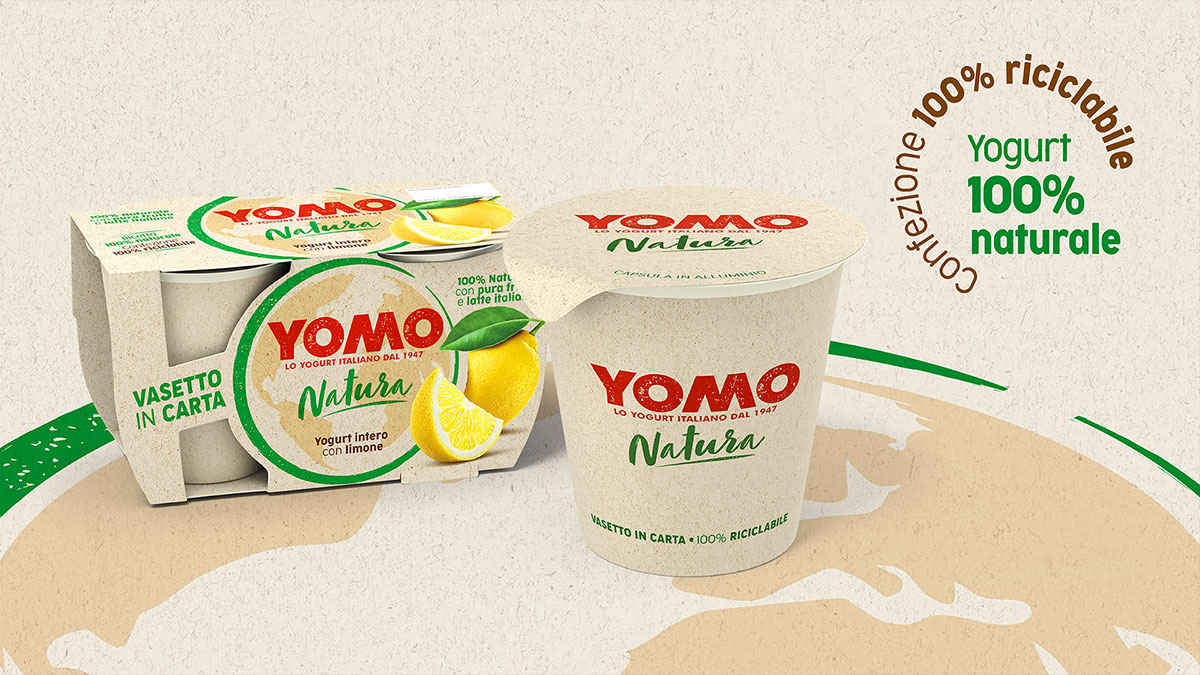Two years later, in 1973, the US Congress discussed the possibility of introducing a ban on all non-reusable containers. The battle against plastic had begun and at that moment it seemed like it could be won.
But it didn’t go that way.
Despite being invented just over a century ago, today it is impossible to imagine a world without plastic. It’s everywhere: from the cars we drive, to the clothes we wear, in all sorts of packaging, even in the air we breathe, in the form of microplastics that pollute the seas and end up in the food and water we drink.
This century we have produced more than 10 billion tons, so much that we could package and can the entire surface of the earth. But the exponential increase is recent, so much so that more than half of the entire plastic present in the world has been produced in the last twenty years alone.
Faced with these data, it is even more impressive to read – as reported by research published in Science Advance a few years ago – that of all the plastic produced in the world, we have been able to recycle just 9%. 12% were incinerated, often releasing toxic gases. E il restante 80% è finita in discariche di ogni tipo o dispersa direttamente nell’ambienteAnd the remaining 80% ended up in landfills of all types or dispersed directly into the environment..
To visualize this data, just think of the street of a large city: Of the ten bins overflowing with plastic, only the one contained in the first will actually be able to be reused. But why then have we been convinced for so long that plastic is recyclable and that to solve the problem it was enough to throw the garbage in the right bin? And that the uncivilized behavior of the citizens was to blame?
It’s an interesting story and Stephen Buranyi told it in the Guardian.
Although the crusade against plastic is quite recent (and it must be said: it is leading to excellent results thanks to an unprecedented convergence between politics, scientists and consumers), concerns about the accumulation of plastic waste have been present for at least fifty years.
Nel 1971, ad esempio, la città di New York introdusse una tassa sulle bottiglie di plastica e nel 1973 il Congresso discusse riguardo la possibilità di introdurre un divieto su tutti i contenitori non riutilizzabili.In 1971, for example, New York City introduced a tax on plastic bottles, and in 1973 Congress discussed the possibility of introducing a ban on all non-reusable containers. “The battle against plastic had begun,”writes Buranyi, “and at that moment, it seemed it might be won.”
But it didn’t go that way. . From the beginning, in fact, the oil companies and the lobbies linked to the plastic industry put pressure, first against the Supreme Court, obtaining the annulment of the tax, and then against Congress, arguing that a similar solution would have damaged thousands of jobs. The next strategy was to form an alliance with beverage and packaging companies to shift responsibility for waste from producers to consumers, and thus defuse the anti-plastic sentiment that was developing.
Using the same logical fallacy used by the gun lobbies, according to which “Guns don’t kill people, people do”, they managed to persuade consumers that the real problem was not the companies that made millions producing disposable packaging, but the individuals irresponsible. Along those lines, in those years there were hundreds of advertisements launched by non-profit groups financed by giants such as Coca Cola, Pepsi, Dow Chemical, such as the campaign for World Earth Day in 1971, which stated: “People start pollution, people can stop it.”
It didn’t take much for the same wind to start blowing in Europe too. . In 1988, for example, Margaret Thatcher, picking up litter in St. James Park, told journalists “It’s not the government’s fault, it’s the fault of the people who knowingly and thoughtlessly throw it on the ground.”
To date, with the amount of data available, fortunately it is no longer possible to deceive consumers. But above all, it is necessary to understand that, to stay on the market, eco-sustainability is now an essential prerequisite.
After decades in which responsibility has been placed on the choices of individual consumers, we now know that companies (and politics, obviously) must lead the change towards a more responsible use of plastic materials.
It is precisely in this direction that we looked when we participated in the Granarolo project for the conversion of the classic Yomo plastic jar to one made of entirely recyclable paper, capable of fully preserving the quality and naturalness of the product.
Unless absolutely necessary for your business, plastic should be replaced. Research conducted by the United Nations Environment Program found that well over 90% of consumers say they are worried about the problems of plastic waste (but less than half are inclined to change their habits).
Let us all be guided by this data, and think about what attraction the “plastic free” label can provide for your business.
